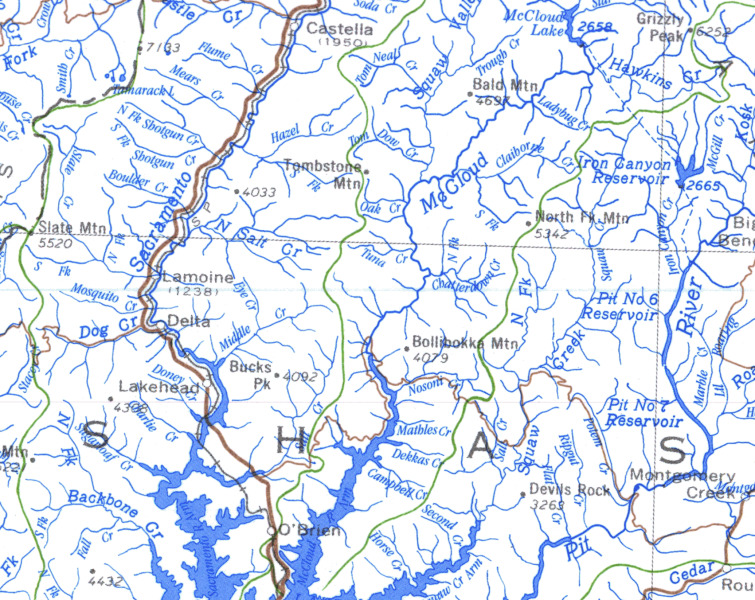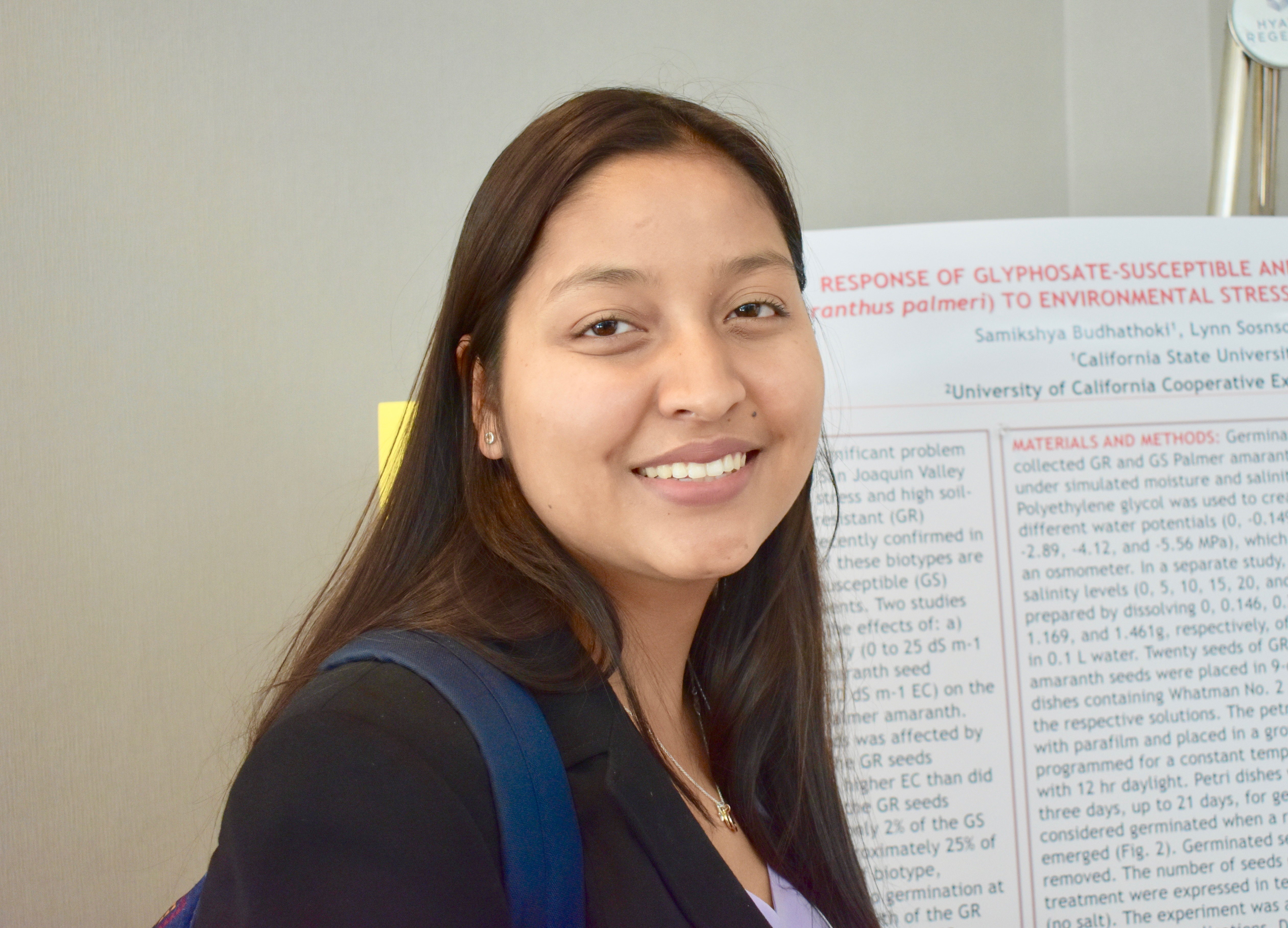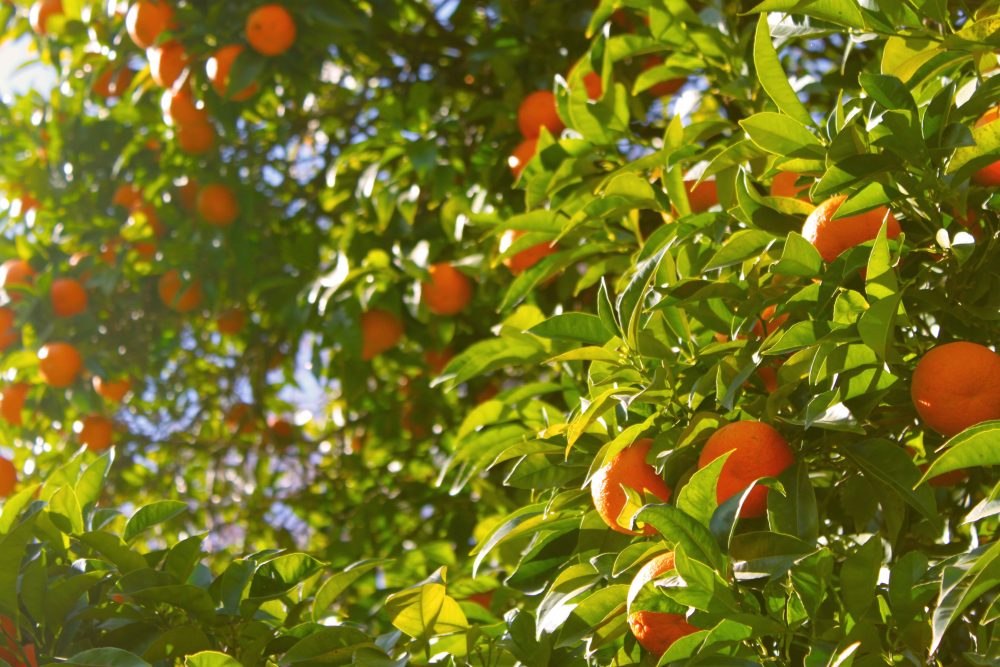Solano County 4-H Members Go fo the Gold
4-H’ers Present Demonstrations, Educational Displays, Illustrated Talks, and Other Ideas
By Kathy Keatley Garvey, UCANR Communication Specialist
 Seventeen Solano County 4-H members won gold awards at Solano County 4-H Presentation Day, and the Heritage 4-H Club of Vacaville won the plaque for the greatest member participation. In front (from left) are gold winner Darren Stephens, Sherwood Forest 4-H, Vallejo; William Parks, president of the Heritage 4-H Club (the club received the participation award for the greatest number of members presenting); and gold winners Daniel Taliaferro, Beau Westad, Grace Kimble and Irma Brown, all Suisun Valley 4-H. In back (from left) are gold winners Julietta Wynholds, Sherwood Forest 4-H; Zoe Sloan, Elmira 4-H; Braddison Beathem and Madisyn McCrary, both Tremont 4-H, Dixon; Miriam Laffitte, Vaca Valley 4-H; Celeste Harrison and Hannah Stephens, both Sherwood Forest 4-H; Jessica Carpenter, Pleasants Valley 4-H, Vacaville; and Alexis Taliaferro, Suisun Valley 4-H. Not pictured are gold winners Kailey Mauldin and Alissa Mauldin, both Elmira 4-H, and James George, Suisun Valley 4-H. (Photo by Kathy Keatley Garvey)
Seventeen Solano County 4-H members won gold awards at Solano County 4-H Presentation Day, and the Heritage 4-H Club of Vacaville won the plaque for the greatest member participation. In front (from left) are gold winner Darren Stephens, Sherwood Forest 4-H, Vallejo; William Parks, president of the Heritage 4-H Club (the club received the participation award for the greatest number of members presenting); and gold winners Daniel Taliaferro, Beau Westad, Grace Kimble and Irma Brown, all Suisun Valley 4-H. In back (from left) are gold winners Julietta Wynholds, Sherwood Forest 4-H; Zoe Sloan, Elmira 4-H; Braddison Beathem and Madisyn McCrary, both Tremont 4-H, Dixon; Miriam Laffitte, Vaca Valley 4-H; Celeste Harrison and Hannah Stephens, both Sherwood Forest 4-H; Jessica Carpenter, Pleasants Valley 4-H, Vacaville; and Alexis Taliaferro, Suisun Valley 4-H. Not pictured are gold winners Kailey Mauldin and Alissa Mauldin, both Elmira 4-H, and James George, Suisun Valley 4-H. (Photo by Kathy Keatley Garvey)
Solano County 4-H’ers Go for the Gold
They presented everything from “How to Take a Perfect Picture” to “The Secret Life of Bees” to “Anything is Pawsible: How I Trained My Doberman pinscher.”
When it was all over, 17 4-H’ers, including seven from the Suisun Valley 4-H Club, won gold medal showmanship awards at the annual Solano County 4-H Presentation Day, held recently at the Sierra Vista K-8 School in Vacaville.
The presentations included demonstrations, educational displays, illustrated talks, an interpretative reading, and a cultural arts offering.

Beau Westad of the Suisun Valley 4-H Club explains his project, “Reeling in Channel Catfish” at the Solano County 4-H Presentation Day. He won a gold award and is now eligible to compete in an area presentation.
The 4-H’ers followed a four-pronged process involving research, organization, graphics, and sharing of knowledge, said Valerie Williams, Solano County 4-H program representative. Adult evaluators, all involved with the Solano County 4-H Youth Development Program, asked the youths questions and scored them on their knowledge and presentation.
Twenty-six 4-H’ers, representing eight of the county’s 11 clubs, participated.
In the junior educational display talk category, ages 9 to 10, the gold winners, all from the Suisun Valley 4-H Club, were Grace Kemble, “How to Take a Perfect Picture”; Daniel Taliaferro, “Perfect Pizza Pans”; and Beau Westad, “Reeling in Channel Catfish.”
In the intermediate educational display talk category, ages 11 to 13, evaluators selected six gold winners: James George of the Suisun Valley 4-H, “Event Planning”; Celeste Harrison of the Sherwood Forest 4-H Club, Vallejo, “Anything Is Pawsible: How I Trained My Doberman Pinscher”; Irma Brown, Suisun Valley 4-H, “Elements of a Movie”; Madisyn McCrary of Tremont 4-H Club, Dixon, “How to Shoe a Horse”; Alissa Mauldin, Elmira 4-H, for “This Little Piggy Has…” and Darren Stephens, Sherwood Forest 4-H, “Can Chickens Get Maggots?”
In the senior educational display talk category, ages 14 to 19, three took home the gold: Hanna Stephens, Sherwood Forest 4-H, “Living Life as a Guide Dog Puppy”; Jessica Carpenter, Pleasants Valley 4-H Club, Vacaville, “How to Trim Goats and Sheep Hooves” and Alexis Taliaferro, Suisun Valley 4-H, “College Tours: A Glimpse Into the Future.”

Grace Kemble of the Suisun Valley 4-H Club explains how to “take a perfect picture.” She handcrafted her display and won a gold award for her work and presentation at the Solano County 4-H Presentation Day.
In the intermediate illustrated talk category, ages 11 to 13, gold awards went to Julietta Wynholds, Sherwood Forest 4-H, for “The Basics of Animation”; and Braddison Beathem, Tremont 4-H, “Let’s Talk Tack: How to Tack a Horse in English Tack.”
Senior demonstration, ages 14 to 18: Zoe Sloan of Elmira 4-H, for “Bomb Voyage.”
Senior/Interpretative Reading, ages 14 to 19: Kailey Mauldin, Elmira 4-H, “The Secret Life of Bees” by author Sue Monk Kidd.
Intermediate Culture Arts, ages 11 to 13: Miriam Lafitte, Vaca Valley 4-H Club, Vacaville, “Total Improv.”
The winners are now eligible to compete in an Area 4-H Presentation Day, a qualifying event for the California State 4-H Field Day. Area Presentation Days will take place in Antioch, Jackson, and California Polytechnic Institute (Cal Poly), all on March 23. Other Area Presentation Days will be held in Siskiyou County on April 6, in Mariposa County on April 14; in Walnut on May 4; and in Tehama County on May 11.
Solano County 4-H Ambassador Natalie Greene of the Sherwood Forest 4-H Club served as the emcee.
The newly formed and soon-to-be-chartered Heritage 4-H Club of Vacaville won the participation award for having the greatest percentage of participants. The club is affiliated with the Heritage Christian Academy, Vacaville.

Celeste Harrison of the Sherwood Forest 4-H Club, talks about how she trained her Doberman pinscher during the Solano County 4-H Presentation Day. Evaluators (back to camera) are Helen Ritchey and Dan Turner.
Six 4-H’ers participated in the primary educational display talks category, ages 5 to 8. The primary group is not evaluated. Receiving participation certificates in that category were four Heritage Club members: Dale Harder, “The Perfect Picnic,” Sunny Harder, “Camping”; Christopher Parks, “Model Trains”; and William Parks, “Dog Man: My Favorite Book and How to Draw the Characters.” Certificates also went to Nevaeh Tiernan-Lang of Elmira 4-H, “How to Build a Christmas Tree” and Alia Wynholds of Sherwood Forest 4-H,“On the Trail.”
Receiving participant certificates in the junior educational display talk category, ages 9 to 10, were Addelyn Widmer of Suisun Valley 4-H, “Goldilocks and the Three Bears of Photography”; and Jonny Tiernan-Lang, Elmira 4-H, for “AKC Toy Breeds.”
In the intermediate educational display talk, ages 11 to 13, Heath Moritz of the Westwind 4-H Club, Fairfield-Suisun, received a participation certificate for “Watch Me Now.”
During the Presentation Day, attendees also had the opportunity to participate in hands-on activities, including designing and launching a paper rocket through the STEM activity; making slime at the Slime Station; and learning how to sew a blanket, “Cuddle Me Close,” for hospital patients.
Solano County has 11 4-H clubs, with a total membership of 400
Vacaville: Vaca Valley, Pleasants Valley, Elmira and Heritage
Fairfield-Suisun: Suisun Valley and Westwind
Dixon: Maine Prairie, Tremont, and Dixon Ridge
Rio Vista: Rio Vista 4-H
Vallejo: Sherwood Forest
The Solano County 4-H Youth Development Program, part of the UC Cooperative Extension Program, follows the motto, “Making the Best Better.” 4-H, which stands for head, heart, health, and hands, is open to youths ages 5 to 19. In age-appropriate projects, they learn skills through hands-on learning in projects ranging from arts and crafts, computers and leadership to dog care, poultry, rabbits and woodworking. They develop skills they would otherwise not attain at home or in public or private schools. For more information, contact Valerie Williams at vawilliams@ucanr.edu.






















